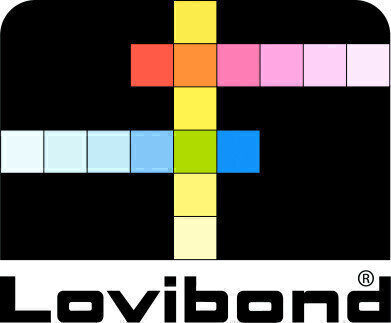Laboratory Products
Does Colour Measurement Make You See Red . . . or Yellow?
May 03 2018
Normally, when colleagues at the Tintometer® Group initially explain what the company does, the typical response is a fairly blank look. This makes the standard ‘elevator pitch’ somewhat challenging, unless you want to ride up and down a few times. Yet when you begin to explain the importance of colour measurement, the proverbial penny drops and the audience is captivated. Why, then, do we need to measure colour?
end user may not consciously notice the colour of object or liquids unless the colour appears different than it usually does, and then suddenly the colour is all important. As soon as the colour difference is perceived, an unconscious signal is received implying that ‘"different’" means ‘not as good’. Colour changes throughout the manufacturing process are to be avoided at all costs and normally are due to efforts of the Quality Control (QC) manager well before any product reaches the market.
In the edible oil and fats industry, however, colour measurement takes on a whole new role: the optimisation of bleaching, deodorising, and other production processes. Most, if not all, refined oils are sold on the basis of their colour, and each type of oil will have its own ‘sell by colour’ instructions. So, it is necessary to monitor each stage of the refining process to establish whether the correct colour has been reached.
Some crude seed oils can have unexpectedly high pigmentation, often attributable to adverse growing conditions, such as too little or too much moisture or frost damage to the plant. As a result, the colour tends to darken in storage. Early colour measurement can often alert the refiner to potential expensive bleaching and blending problems. Mixing problem oil with ‘in spec’ oils can compound the situation as the darkening effect is carried over. Obtaining colour data regularly on oil suspected to be unstable would indicate its condition and help to avoid making incorrect decisions regarding blending.
Colour Measurement Methods and Colour Scales
Three things are necessary to perceive colour: (i) a light source, (ii) an object, and (iii) an observer/processor. However, colour is a perceptual property in human beings and are broadly described by descriptive words such as red, yellow, light, dull and the like. However, each person describes and therefore defines an object’s colour differently. To quote the 19th-century British Scholar Lord Kelvin: “When you can measure what you are speaking about and express it in numbers you know something about it; but when you cannot express it in numbers your knowledge is of a meagre and unsatisfactory kind.”
With this in mind, various methods have been developed to measure the colour of edible oils and fats. Colour can be measured visually by comparing glass colour standards in a colorimeter such as the Tintometer® Model F, using a series of gradient red-, yellow-, blue-, and neutral-coloured glasses. Any variation in colours can be measured and expressed in an easily understood and communicative way.
The development of electronic instruments using multiple wavelengths and photodetectors made it possible to measure colour by using an optical system, such as a colorimeter or spectrophotometer. Today, Colorimeters, Spectrophotometers and Spectrometric Colorimeters are the most commonly used instruments. They measure the proportion of reflected or transmitted light at many points on the visual spectrum: plotting the points graphically to form a spectral curve.
Scales: Grading techniques are widely used to assess product colour by comparison with a representative series of fixed colour standards. For many product types, a characteristic set of standards was agreed and adopted to aid colour control and the communication of colour specifications; the result is a selection of traditional colour grading scales that have been adopted as industry standards and are still in common use today. For example, the Lovibond® RYBN Colour is still the most popular scale in the Oils & Fats Industry, providing an easily understood method for communicating colour values locally and internationally. This is because the scale is simple to understand and communicate, and permits easy assessment by the plant operator. It is the only internationally accepted 3 dimensional colour scale that is offered in both a visual as well as an electronic instrument.
High quality processing in the edible oils and fats industry depends on reliable testing. As a large proportion of the production is traded internationally, both suppliers and buyers need a common, easily understood language to determine product quality. Centralising on a mutually accepted colour scale ensures this essential communication. Reliable and repeatable test results are the key to ensuring final product quality and also to minimise production costs. Speed of analysis can also be vital for efficient process control and simplicity of operation helps to reduce error and increase productivity.
The Tintometer Ltd
Digital Edition
ILM 49.5 July
July 2024
Chromatography Articles - Understanding PFAS: Analysis and Implications Mass Spectrometry & Spectroscopy Articles - MS detection of Alzheimer’s blood-based biomarkers LIMS - Essent...
View all digital editions
Events
Jul 28 2024 San Diego, CA USA
Jul 30 2024 Jakarta, Indonesia
Jul 31 2024 Chengdu, China
ACS National Meeting - Fall 2024
Aug 18 2024 Denver, CO, USA
Aug 25 2024 Copenhagen, Denmark


-(1)-(1).jpg)


24_06.jpg)













